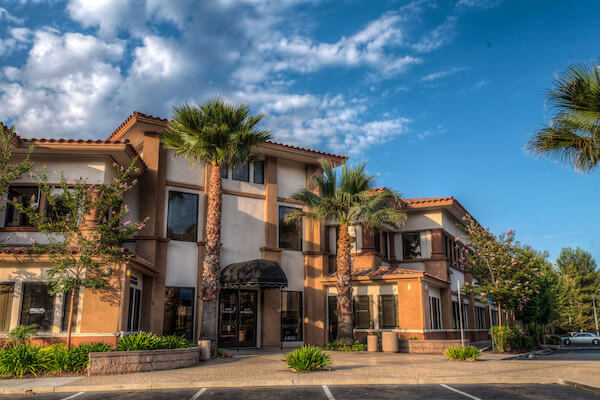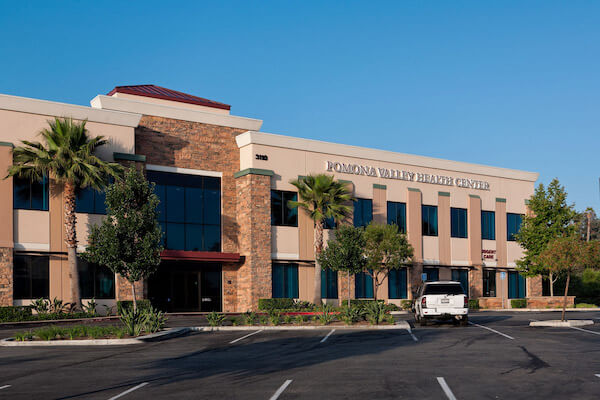Back pain. Most of us have experienced this at one time or another. In fact, low back pain is the second leading cause of physician visits among American adults each year. The annual cost to the health care system is estimated to be between 50 and 100 billion dollars. The low back, or lumbar spine, is the most frequent area of the spine involved in back pain. It is subject to the largest forces and stresses with daily activities and also carries the most amount of body weight. The difficulty with treating lumbar spine pain is that only one to four percent of patients have a clearly identifiable problem. The good news, however, is that the natural history of recovery from an episode of low back pain is favorable, with 44 to 50 percent of patients better in one week and 80 percent of patients better in two months. The downside is that once you have had an episode of low back pain, you are likely to have future episodes and the recurrence rate is reported to be up to 85 percent.
One of the reasons the cause of low back pain is so difficult to diagnose is the complicated anatomy in the lumbar spine. The lumbar spine begins directly below the thoracic, or mid-back region, and ends directly above the sacrum. It consists of five vertebrae and the soft tissue that surrounds them, including discs, muscles, tendons, ligaments, nerves and other tissues. In other words, there is a lot of stuff in a small space. Back pain can be simply localized pain or aching in the low back area, which is common with muscle strains and degenerative joint or degenerative disc disease. However, if the problem involves the nerve roots that exit the spinal cord in the lumbar spine, you may experience symptoms radiating down the leg such as pain, numbness, or tingling. This is commonly called sciatica. But just being diagnosed with sciatica does not necessarily tell the practitioner how to treat it. The nerve irritation or compression may be due to a bulging disc, a narrowing of the canal the nerve root exits through, or something more serious, although rare, such as a tumor. All of these conditions require different treatment approaches. The more the nerve becomes irritated and compressed; it can lead to more serious symptoms, such as muscle weakness, and can lead to permanent nerve damage.
The first course of treatment for an episode of low back pain is often medication such as non-steroidal anti-inflammatory drugs (NSAIDS). The American College of Physicians has recently changed its position on the approach for initial treatment, advising doctors to prescribe other treatments first, such as exercise, massage or yoga. The new guidelines were published online on February 13, 2017 in Annals of Internal Medicine. In general, for an acute episode of low back pain, you should stay as active as possible and avoid prolonged bed rest, and may use hot packs or cold packs helpful for short-term relief. If your symptoms persist or worsen, or you have symptoms radiating down your leg, you should consult your physician. Physical therapy may be prescribed, and your physical therapist can provide you with the appropriate exercises for your specific problem, as well as guidelines for long-term management.
For more information about back pain treatment or physical therapy services offered at Pomona Valley Health Centers, call 909-630-7829.




